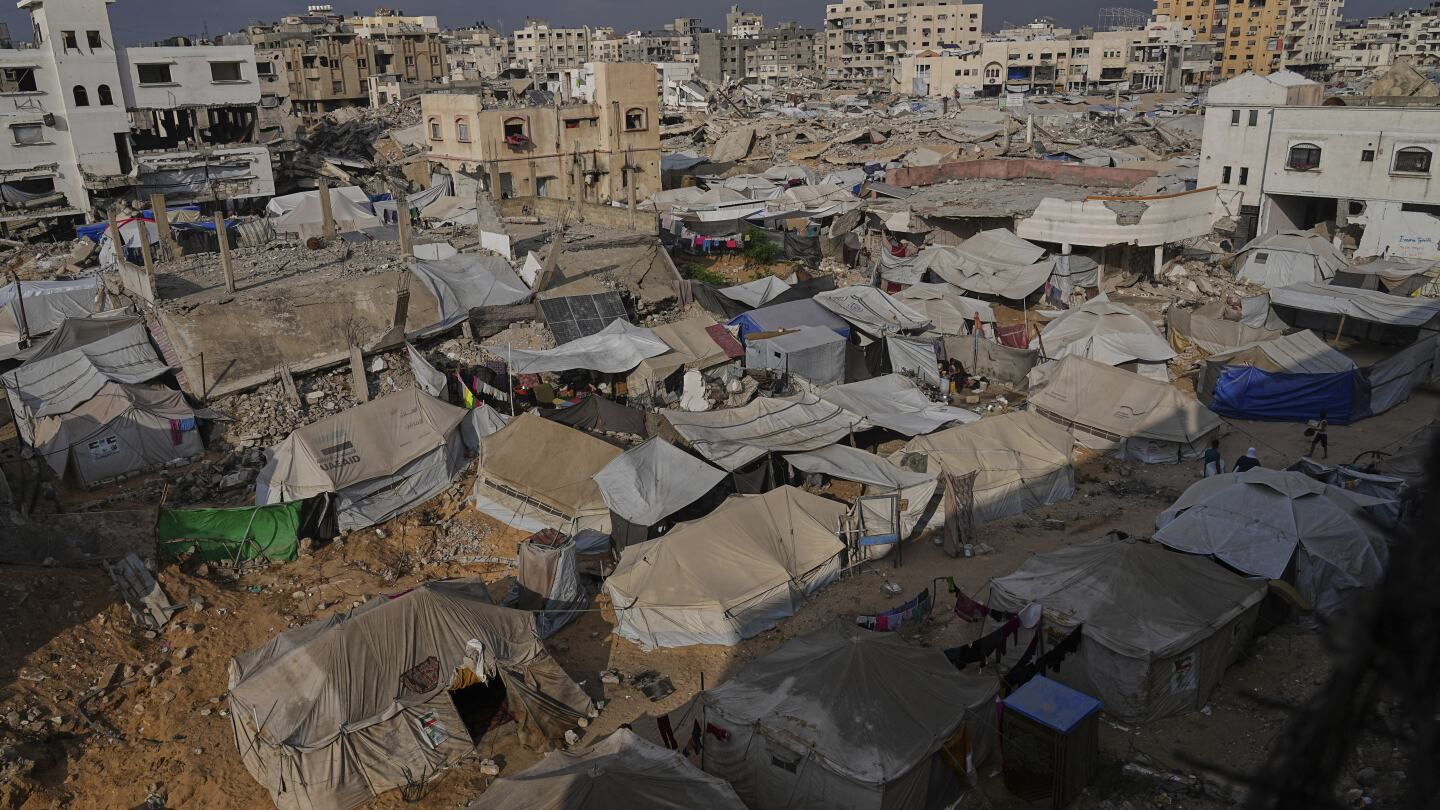JERUSALEM – In a tragic escalation of violence, seven Israeli soldiers were killed on Tuesday in the southern Gaza Strip when a bomb was affixed to their armored vehicle by a Palestinian militant. This incident marks one of the deadliest attacks on the Israeli army in Gaza in recent months, refocusing national attention on the ongoing conflict with Hamas.
Immediate Impact
The attack occurred in the southern Gaza city of Khan Younis, an area where the Israeli army has been active throughout much of the ongoing war. Brig. Gen. Effie Defrin, the army’s chief spokesman, confirmed the attack and detailed the subsequent rescue attempts.
“Helicopters and rescue forces were sent to the spot. They made attempts to rescue the fighters, but without success,” said Brig. Gen. Effie Defrin.
Additionally, another soldier was reported seriously wounded in a separate incident in the same area. Hamas claimed responsibility for ambushing Israeli soldiers taking cover inside a residential building, although the Israeli army has not provided further details.
Key Details Emerge
The attack comes after nearly two weeks of fighting with Iran ended with a ceasefire on Tuesday. Since the conflict’s onset following the Hamas attack on October 7, 2023, over 860 Israeli soldiers have died, with more than 400 casualties occurring in Gaza.
Over 860 Israeli soldiers have been killed since the war began, including more than 400 during the fighting in Gaza.
By the Numbers
The initial Hamas attack resulted in approximately 1,200 deaths, predominantly civilians, and the capture of 251 hostages. Currently, around 50 hostages remain in captivity, with at least 20 believed to be alive.
The Israeli offensive has devastated Gaza, killing over 56,000 people, according to Gaza’s Health Ministry.
Deadliest Round of Fighting
The death toll in Gaza is the highest recorded in any Israeli-Palestinian conflict, with more than half of the casualties being women and children. Israel maintains that its targets are militants and attributes civilian deaths to Hamas’s operations in densely populated areas.
Regional Implications
Meanwhile, tensions continue to rise in Jerusalem. A 66-year-old Palestinian woman was shot and killed by Israeli forces during a raid in East Jerusalem, as reported by a local Palestinian official. Israeli police are investigating the incident, which occurred at a military checkpoint.
“Israeli forces stormed the Shuafat refugee camp overnight, killing Zahia Obeidi with a shot to the head around 10 p.m. and seizing her body thereafter,” stated Marouf Al-Refai, a Palestinian official.
The woman’s family was also detained, with their current whereabouts unknown. This incident further complicates the already tense situation in Jerusalem, a city with profound religious significance and a history of conflict.
Background Context
Israel captured East Jerusalem during the 1967 Mideast war, and the area has been a contentious point in Israeli-Palestinian relations ever since. While Israel considers Jerusalem its capital, this claim lacks international recognition, with Palestinians seeking East Jerusalem as the capital of a future independent state.
What Comes Next
The recent escalation underscores the fragile nature of ceasefire agreements and the persistent volatility in the region. Diplomatic efforts, primarily led by the United States, have struggled to maintain peace, with ceasefire talks repeatedly stalling.
As the situation develops, both sides remain entrenched in their positions, with no clear resolution in sight. The international community continues to watch closely, urging renewed efforts toward a sustainable peace agreement.
